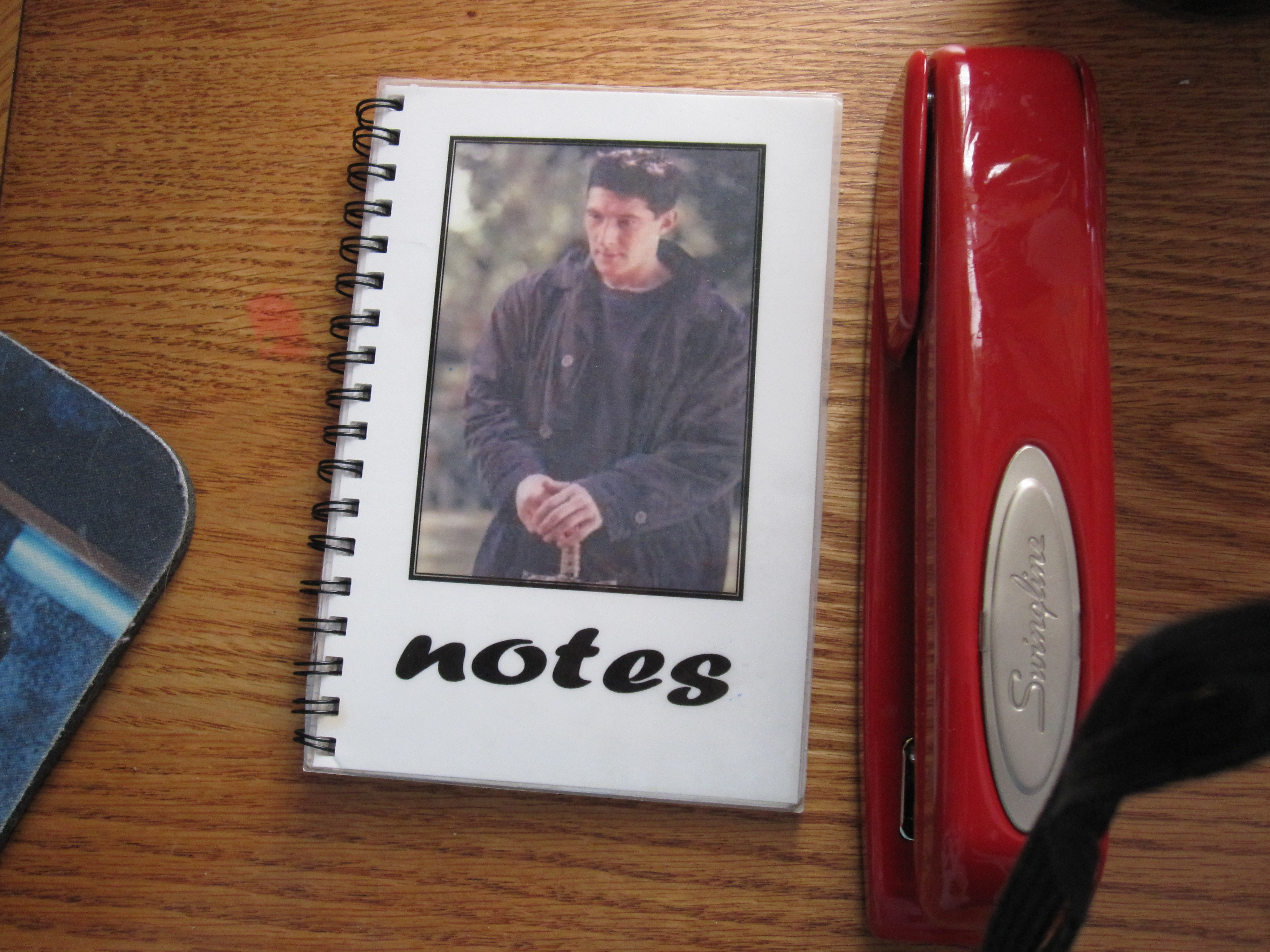My colleague is one of the walking dead. (See the March 26th post.) Her zombie status has created much discussion among the living and the dead. She is a first year teacher and her score came in under the number the district had used to define proficient. Proficiency has been defined as 2.72 and above. My colleague received a 2.70.
These are social science numbers, the opinions of observers. In one professional development I attended, an auditorium of teachers was asked to determine Charlotte Danielson rubric numbers for teaching as they watched videos. I vividly remember one video that broke down with about 1/3 of the auditorium giving a “2” and 2/3 giving a “3” for the same video. A scattering of teachers bestowed a “4” on that video. These numbers are in the eye of the beholder. That missing 0.02 has zero statistical validity or reliability. But a first year teacher just lost her job based on that number. The Danielson group would never support using their numbers in this fashion; they will tell you that first year teachers naturally will have lower numbers. Teaching proficiency is learned on the job.
I worked with this teacher all year. She busily created new materials for her students. She adapted materials. She shared. She worked extremely hard.
Here is the saddest email I am likely to see all year, sent in the middle of spring break:
I know I should be relaxing, but of course I am thinking about work. I have 2 five hour long train rides this weekend, so I will have time to get something done…hopefully.
I know that you were starting the new vocabulary. I didn’t get to it last week, I was trying to get kids caught up on grades and such. If you know the vocabulary, send it to me? Please and thank you.
Also, what else are we covering? Possibly Monday we meet after our PLC? I just need to make sure I am prepared for an IEP meeting after school Monday.
Well I hope both of you are relaxing over break!!!!
My young colleague is more professional and forgiving than I am. I would give the administration that canned me over that nonsensical 0.02 about 0.02 minutes of my time over spring break. I don’t think I’d give them an adapted lesson plan, either, whether I adapted the materials (she will) or not. I trust my colleague to do her best for her students and I’ll be at those meetings she wants, helping her figure out what we are teaching next. I’ll also send her a recommendation and list of possible districts where she should put in applications. Our loss will be someone else’s gain.
In another world, first-year teachers get mentors. My colleague finally received that help more than halfway through the year, but that help came after the first of her two major evaluations. She received little help navigating the evaluation process regardless. My colleague made a mistake I have seen other young teachers make: She worked days, nights and week-ends to provide quality instruction for her kids while neglecting politics. Politics can take the best of teachers and administrators down.
Eduhonesty: That young woman worked so hard. She did a great job, too, which is why many district teachers are talking about this injustice. The guy across the hall was livid when we discussed the 0.02 fiasco. But I tried to calm those waters with an observation that I still believe: Losing this job may be one of the best things that will ever happen to my colleague. The job that our administrators were waving in front of her all year, amid threats about underperforming reflected in invented numbers — nobody in their right mind would want that job. With luck, she will be making much more money next year — in a much kinder and supportive environment.


